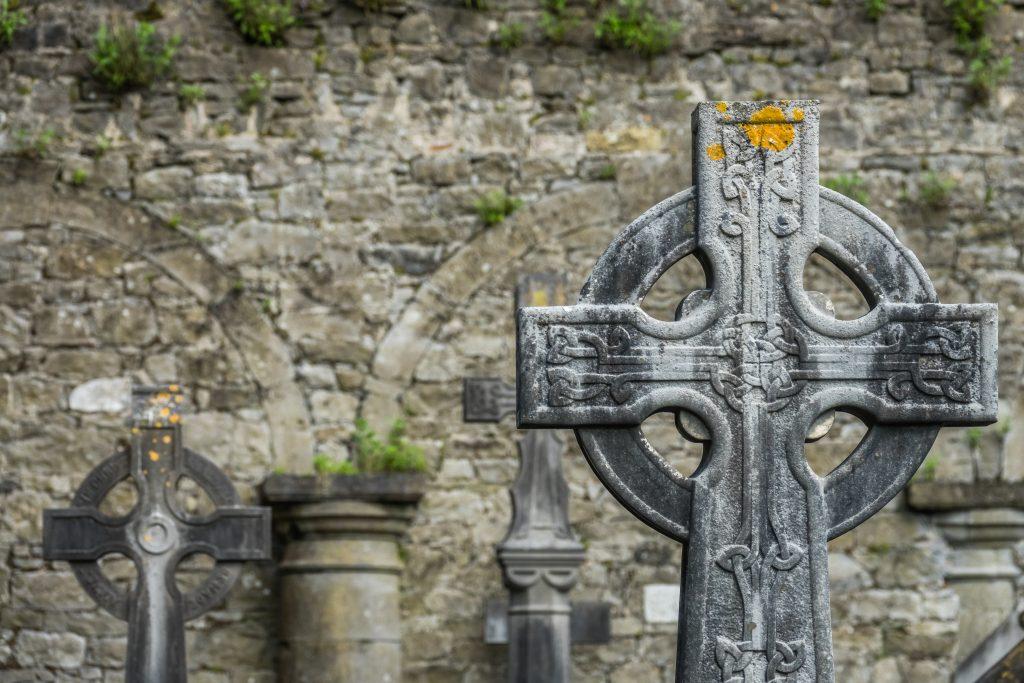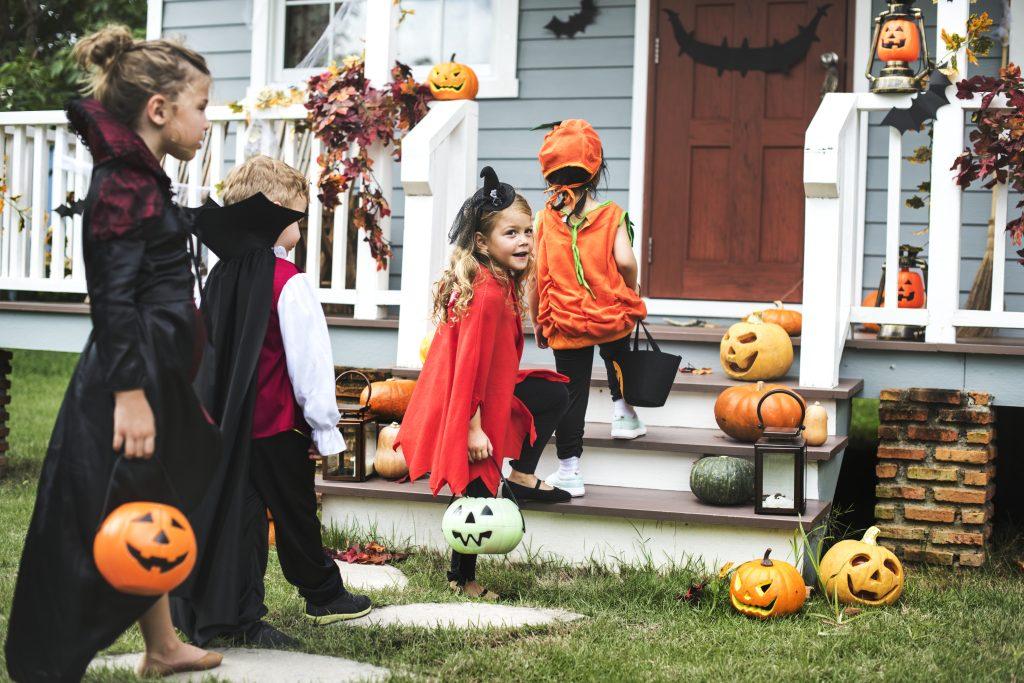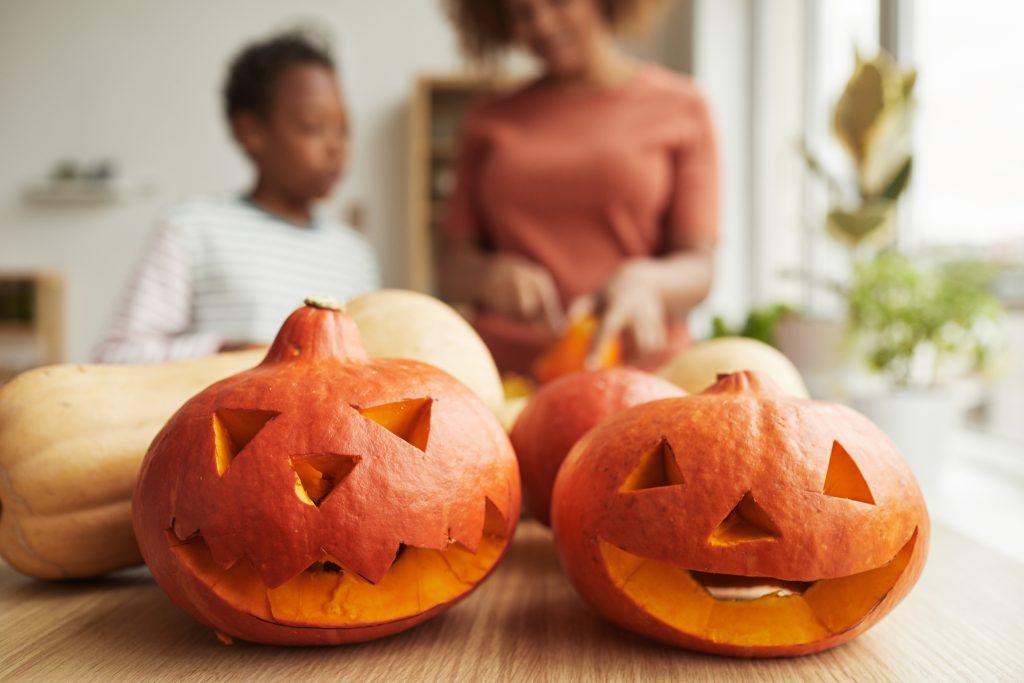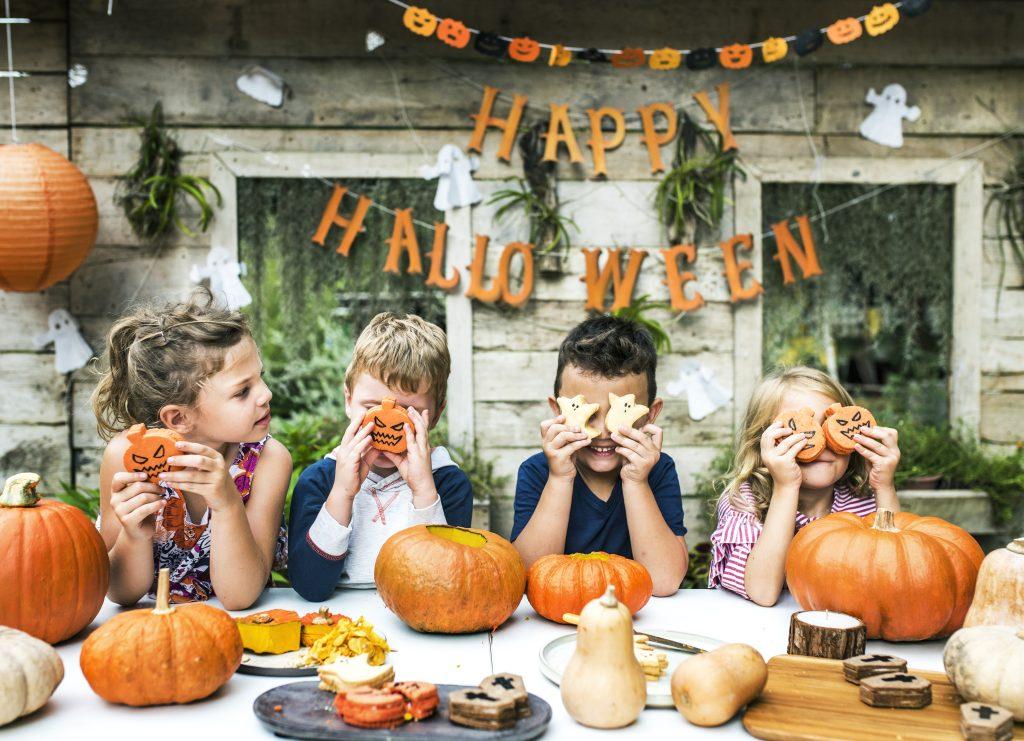Halloween
Sara Maples
Halloween, as we know it today, has evolved from a blend of ancient Celtic, Roman, and Christian traditions. Its origins can be traced back to the ancient Celtic festival of Samhain, celebrated around October 31st in what is now Ireland, the United Kingdom, and parts of France. Here’s a brief overview of the history of Halloween:

- Ancient Celtic Festival of Samhain: The Celts believed that on the night of October 31st, the boundary between the living and the dead blurred, allowing spirits to roam the Earth. Samhain marked the end of the harvest season and the beginning of winter. People lit bonfires and wore costumes to ward off evil spirits.
- Roman Influence: In the first century AD, the Roman Empire conquered much of Celtic territory. Some elements of the Roman festivals, such as Feralia (a day to honor the dead) and Pomona (a festival dedicated to the goddess of fruit), were integrated into Samhain celebrations.
- Christianization: In the 9th century, the Catholic Church established All Saints’ Day (also known as All Hallows’ Day) on November 1st to honor saints and martyrs. The evening before became known as All Hallows’ Eve, eventually shortened to Halloween.
- Blend of Traditions: Over time, the customs of Samhain and Christian traditions merged, leading to a celebration that included both religious observances and more secular activities.
- Migration to America: Halloween was brought to North America by European immigrants, particularly Irish immigrants fleeing the Great Famine in the 19th century. In the United States, the celebration gradually evolved and incorporated various cultural influences.
- Trick-or-Treating: The practice of trick-or-treating likely has its roots in the medieval custom of “souling.” On All Souls’ Day, poor individuals would go door-to-door, offering prayers for the deceased in exchange for food. In the early 20th century, Halloween became more community-focused, and the modern concept of trick-or-treating emerged.


- Commercialization: By the mid-20th century, Halloween had become a holiday with commercial potential. Costumes, decorations, and candy sales became a significant part of the celebration.
- Pop Culture Influence: Movies, television shows, and media have played a role in shaping the modern image of Halloween, including its association with monsters, witches, and supernatural elements.
- Global Spread: In recent decades, Halloween has spread beyond North America and Europe, becoming a popular holiday in many parts of the world, albeit with variations in traditions and customs.
Today, Halloween is celebrated with a mix of traditions, including costume parties, haunted houses, pumpkin carving, spooky decorations, and of course, trick-or-treating. While its origins are rooted in ancient rituals, Halloween has evolved into a festive and fun holiday celebrated by people of all ages around the world.


